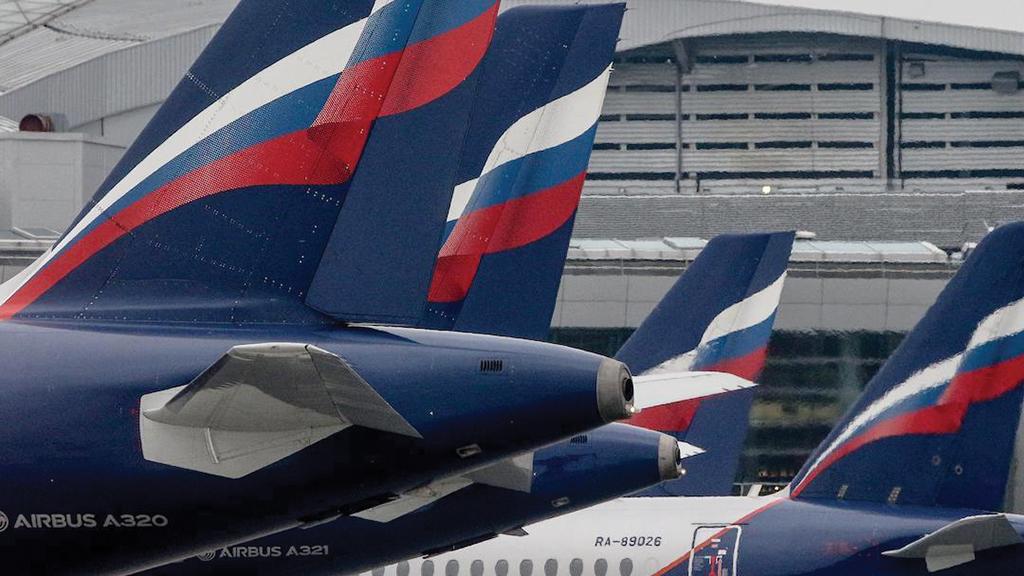
As operators have renegotiated leasing agreements on a large scale during the pandemic, there has been a shift away from short-term rent-based agreements to power-by-the-hour terms. However, post-crisis, the overall picture of the leasing landscape is expected to be a mix of short- and long-term arrangements tailored to operators’ requirements.
Highlighting the need for greater flexibility, leasing arrangements have become more bespoke than before. But for some, these changes reflect the general evolution of the industry rather than being a direct result of the pandemic, notes Alan Downey, director of technical services at Willis Lease.
Alex Vella, CEO of Magnetic Leasing, says with the new dynamic, airlines chase lessors for assets, which was the opposite before the pandemic. “There is appetite for summer 2023 already, with airlines coming to us and asking for Boeing 737s and Airbus A320s and being willing to take these on long-term leases,” he says, because operators are concerned about rising prices and want to commit to assets.
The leasing segment saw some disruption from Russia’s invasion of Ukraine in February. Around 500 Western-built aircraft were seized by Russian operators and reregistered under the country’s operating certificates, an action resulting in expensive write-downs by lessors. Many of the small percentage of recovered aircraft were lacking full maintenance records, and lessors are now seeking compromises to avoid full overhauls of these assets.





